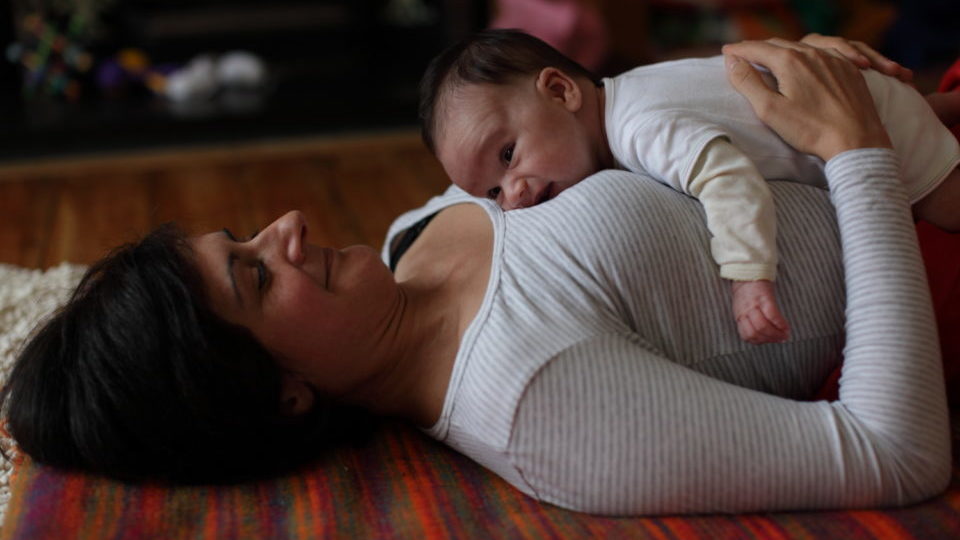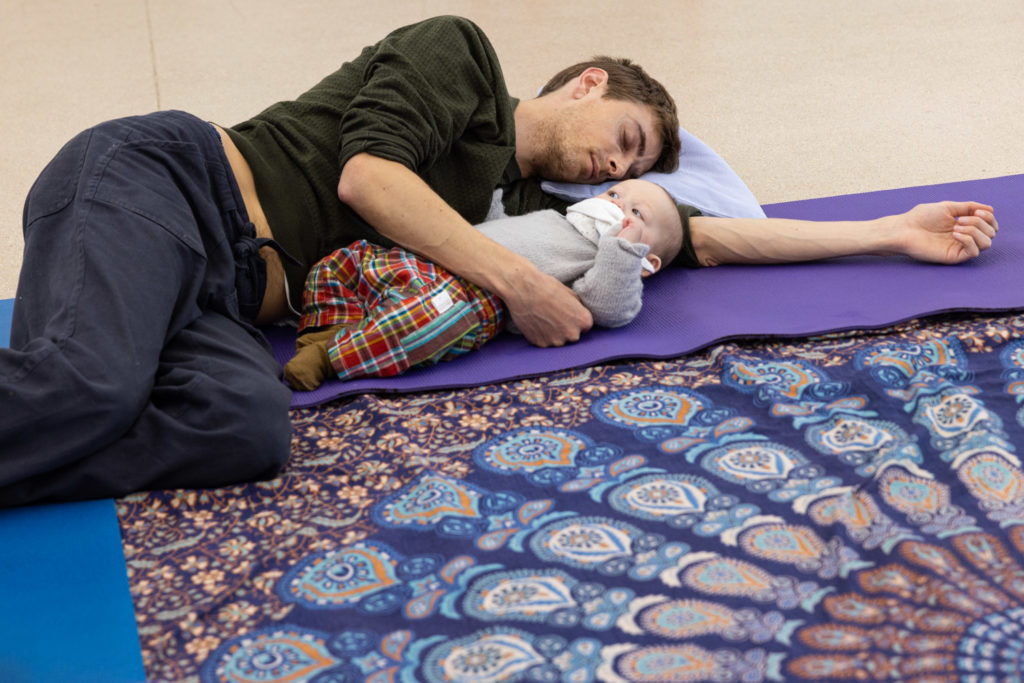
#BabyCommunicationWeek23 #AmazedByBabies #brazeltonuk
Wednesday – Brazelton Baby Communication week: co-learning baby sleep in joint relaxation
Textbooks assert that newborns can sleep as much as twenty hours in a 24h cycle. This is rarely what new parents experience, even though their babies’ crying may mislead their perception of time spent asleep. Active sleep is crucial for the rapid post-natal brain growth of human infants, with frequent waking not only during the day but also at night before circadian rhythms develop. A recent study of sleep spindles, a type of brain wave important for transferring information from the short-term memory area, the hippocampus, to the long-term memory areas in the cortex, shows their most intense development in the first four months of life.
Since the early weeks and months are also a time of intense experimentation for new parents unfamiliar with baby care, it is crucial to provide them with practical resources to encourage newborns’ best possible sleep. The staggeringly high number of sites offering advice about baby sleep shows that this is a major concern: new electronic monitors, automatic rocking cradles, elaborate sleep charts vie to help parents establish some form of control in their lives with newborns who do not sleep easily.
Berry Brazelton’s identification of babies’ six ‘states of alertness’ greatly facilitates the perception of differences between light sleep and deep sleep. Intermediate states, such as ‘drowsy’, and ‘alert fussy’ draw attention to babies’ behaviours when tired. These are the transitions that caregivers need most practical help with to learn not only babies’ generic body language but also how to address the needs of individual babies.
Rather than co-sleeping (but not excluding it), joint relaxation is a matter of releasing body tension while lying down close to one’s baby, ideally starting to practise when the baby is in a sleeping or drowsy state
Coaxing babies to sleep with lullabies and rocking rhythms is an activity as old as humanity and makes for rich cultural traditions. In the Amazon region, baby slings that double as baby hammocks display protective bits and pieces from the forest that also jingle and rattle. They are external wombs in which babies feel safe and connected with their mothers. At night babies also sleep with their mothers in large hammocks. Sleep is a shared multisensory experience that we cannot easily reproduce within the parameters of modern baby care.
To ensure the millennial physical connection facilitating babies’ sleep with all its developmental gains, Birthlight has turned to yoga. Parent/baby joint relaxation is an adaptation of Yoga Nidra, the mode of ‘awake sleep’ which is one of the greatest gifts of the Indian yoga tradition to the world. Parents and babies benefit equally from this practice, which is a boon in the sleep deprived early weeks.
Rather than co-sleeping (but not excluding it), joint relaxation is a matter of releasing body tension while lying down close to one’s baby, ideally starting to practise when the baby is in a sleeping or drowsy state. The mechanism of action through which close caregivers’ relaxation helps babies find a calm space which is conducive to easier transitions to sleep still needs to be fully investigated, but there is a large body of research on Yoga Nidra.
The greatest challenge in joint relaxation is to let go of control. Rather than through physical contact, connection is established from within: as the close caregiver relaxes, this is felt by the baby nearby. Babies respond in all sorts of ways but are rarely distressed. If caregivers are worried that they may fall asleep, they can ask someone to safeguard them at first or set an alarm on their phones. Even two or three minutes of relaxation can make a difference and repeated practice day after day is cumulative to co-regulate adults and babies’ nervous systems. Parents can refine their artful interactive relaxation by observing-feeling their babies getting from drowsy to light sleep to deep sleep and surfacing again.

The positive effects of familiar voices and the use of rhythms can then be added to the basic embodied practice of joint relaxation, while walking with babies in arms or in carriers. When babies cry in distress, walking relaxation with them is a way to let them know that connection is still there with empathy for what they are experiencing. It’s easier said than done but well worth trying. With practice, a close caregiver can perceive the move to ‘drowsy’ or ‘alert fussy’ and actively promote sleep in response.
Calm-a-baby, calm-a-parent: ancient parenting wisdom takes many forms but favours connection and loving interaction to nudge babies to learn from the fairies in their sleep.
1 Ball, H. Evolution-informed maternal–infant health. Nat Ecol Evol 1, 0073 (2017).
2 Hunki Kwon and others, Sleep spindles in the healthy brain from birth through 18 years, Sleep, Volume 46,
Issue 4, April 2023.
3. The Origin and Clinical Relevance of Yoga Nidra. www.ncbi.nlm.nih.gov › pmc › articles